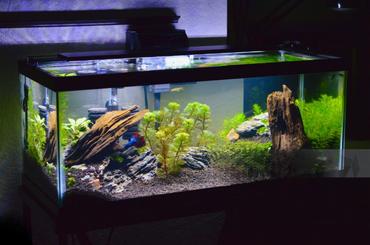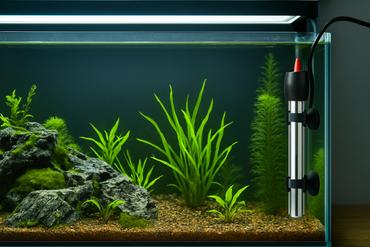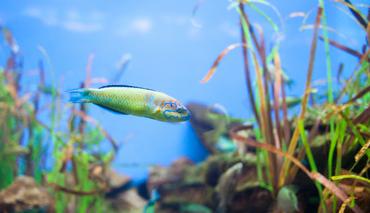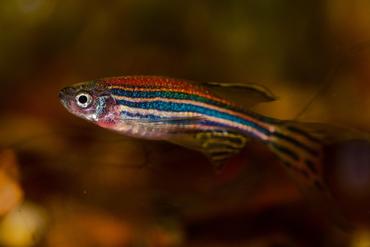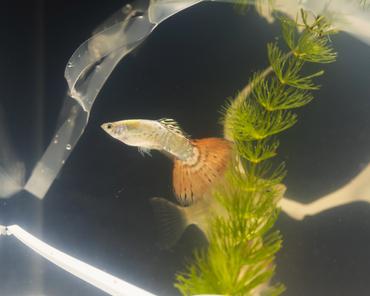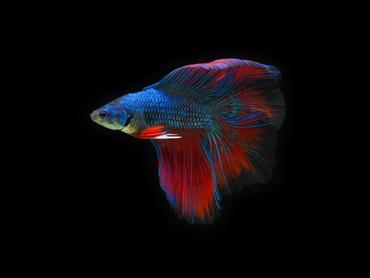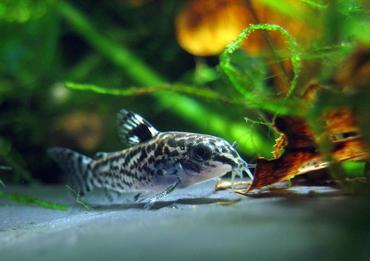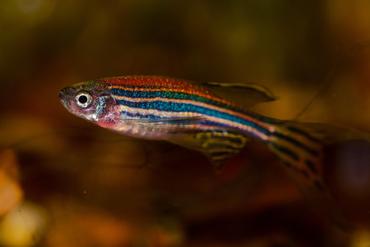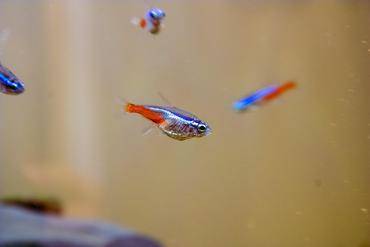WHY YOUR AQUARIUM LIGHTING MATTERS MORE THAN YOU THINK
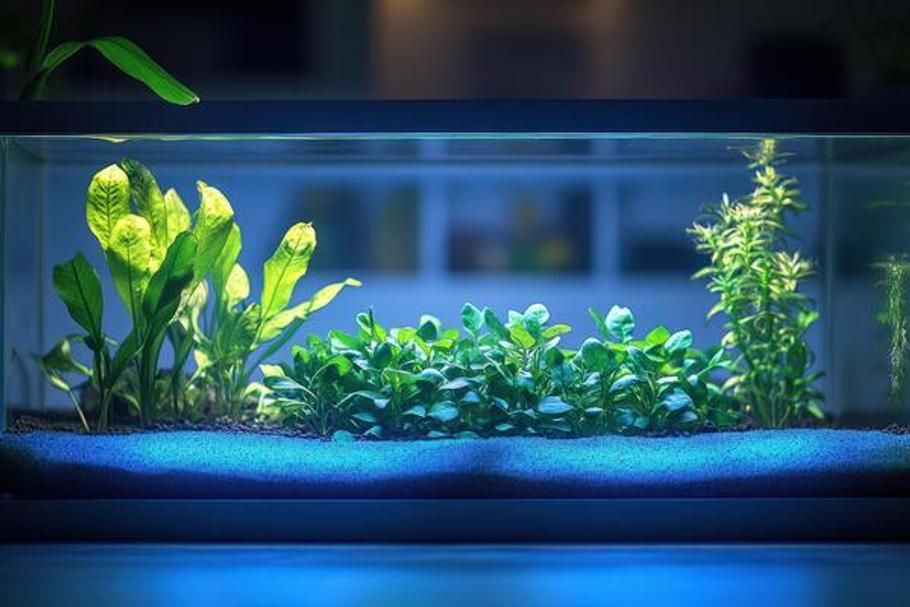
Introduction: More Than Just a Lightbulb
When you’re setting up a new tank, it’s easy to focus on fish, filters, and decorations — and treat lighting as an afterthought. But the truth is, aquarium lighting plays a critical role in your tank’s success.
It’s not just about making your tank look pretty (though it does that too). The right lighting affects fish behavior, plant growth, algae control, and even your energy bill. In this guide, we’ll explain how to choose and manage lighting so your fish thrive — and your tank doesn’t turn into a green mess.
1. Why Aquarium Lighting Actually Matters
Let’s break it down by function:
For Fish:
- Simulates natural day/night cycles
- Helps reduce stress
- Enhances natural colors (especially with proper spectrum)
For Plants:
- Drives photosynthesis for growth
- The right intensity and spectrum can prevent algae overgrowth
For Water Quality:
- Too much light = algae blooms
- Inconsistent lighting = stressed fish and dying plants
Think of lighting as your tank’s clock and energy source.
2. Types of Aquarium Lighting: Which One Is Right for You?
There are several lighting options, but not all are created equal. Here’s what most beginner/intermediate aquarists work with:
LED Lights (Best Choice for Most)
- Energy-efficient and long-lasting
- Cool running temperature
- Customizable color spectrum and intensity
- Great for both fish-only and planted tanks
Beginner Pick: Nicrew or Fluval LED lights (budget to premium)
Fluorescent Lights (T5, T8)
- Older tech but still popular in large tanks
- Bright and even light spread
- Great for plants, but higher heat output
Downside: Bulbs need replacing every 6–12 months
Compact Fluorescent or CFL
- Used in nano tanks or integrated hoods
- Short lifespan, less efficient than LED
Avoid: Incandescent bulbs
- High heat, low efficiency, and poor spectrum for aquariums
3. Light Spectrum: What Colors Do Your Fish and Plants Need?
Light isn't just about brightness — it’s also about spectrum, or color temperature, measured in Kelvin (K).
For Fish-Only Tanks:
- Use 6,500K to 8,000K for natural-looking light
- Brings out reds, blues, and greens in your fish
For Planted Tanks:
- Aim for full-spectrum lighting (6,500K is ideal)
- Stimulates photosynthesis
- Some LED lights have “plant” or “grow” settings
For Shrimp or Low-Light Tanks:
- Dimmer lights or red spectrum-only lights reduce stress
4. How Long Should You Keep the Lights On?
Timing is everything. Too much light = algae. Too little = plant die-off and stressed fish.
Recommended Photoperiods:
- Fish-only tanks: 6–8 hours per day
- Planted tanks: 8–10 hours per day
- Heavily planted tanks with CO₂: up to 12 hours, carefully managed
Pro Tip: Use a timer.
This keeps your lighting schedule consistent and your fish happy. Manual lighting is a common beginner mistake!
5. Lighting for Different Tank Setups
Every aquarium is different. Here’s how to match lighting to your tank style:
Community Fish Tank (No Plants)
- Go with a mid-range white LED
- Set for 6–8 hours/day
- Add dim settings at night if needed
Low-Tech Planted Tank
- Full-spectrum LED (6,500K) with medium intensity
- Easy plants like Java Fern, Anubias, and Amazon Sword
- Avoid high light unless you're dosing fertilizer or CO₂
High-Tech Planted Tank (CO₂ injected)
- Strong LED with red/blue spectrum control
- 10–12 hours/day with careful CO₂ and nutrient balance
- Monitor for algae daily
Cichlid or Goldfish Tank
- Bright white light to bring out colors
- Avoid intense light if they show stress
- Use timers to mimic natural daylight
6. Algae Problems? Your Lights Might Be the Cause
Too much light, especially in tanks with excess nutrients, can cause:
- Green water
- Brown algae
- Hair algae on plants and decor
Solutions:
- Cut back light hours
- Clean up excess nutrients (feed less, clean substrate)
- Add live plants to compete with algae
Related reading: How to Control Algae Growth in Your Tank
Common Beginner Mistakes with Lighting
- Let’s avoid these common traps:
- Leaving the lights on all day (algae will love you)
- Using overly bright lights in nano tanks
- Not replacing old bulbs (if non-LED)
- Ignoring the color spectrum
- Thinking plants will grow under any light
Conclusion: Don’t Underestimate Your Lights
Lighting can make or break your tank—not just visually, but biologically. With the right setup, your fish will glow, your plants will thrive, and your water will stay clean and balanced.
Start with a good LED, use a timer, and match your lighting to your tank’s goals. It’s one of the simplest ways to avoid problems and create a thriving aquarium.
Explore More:
Top 10 Aquarium Plants for Beginners

